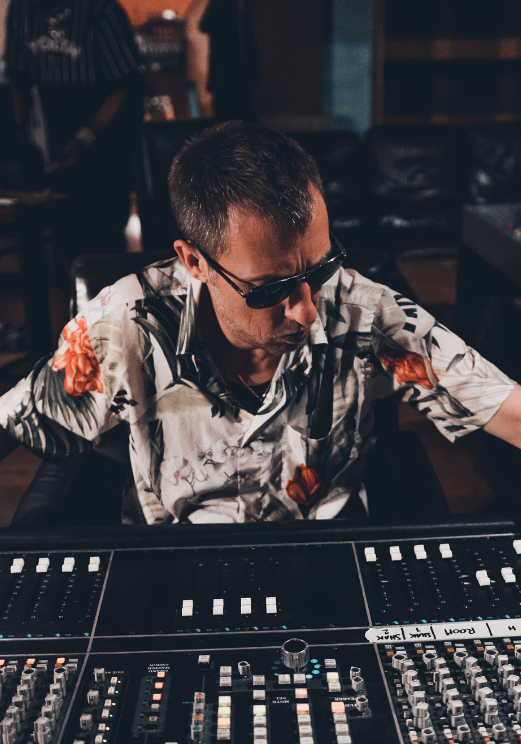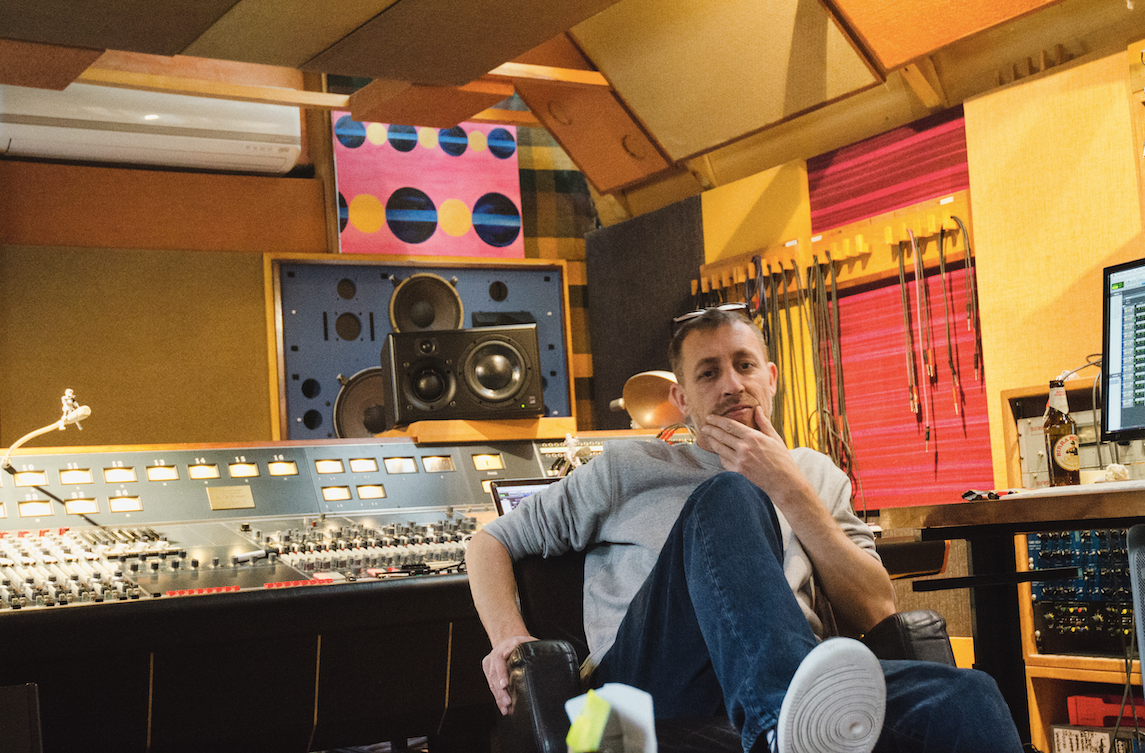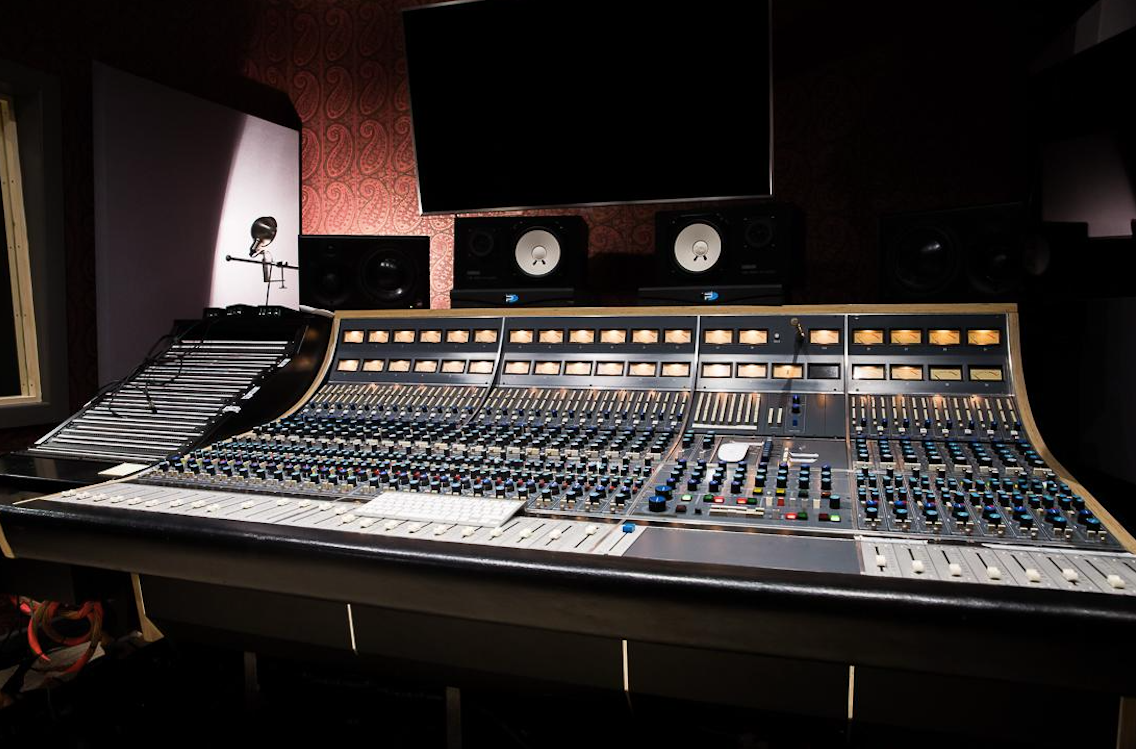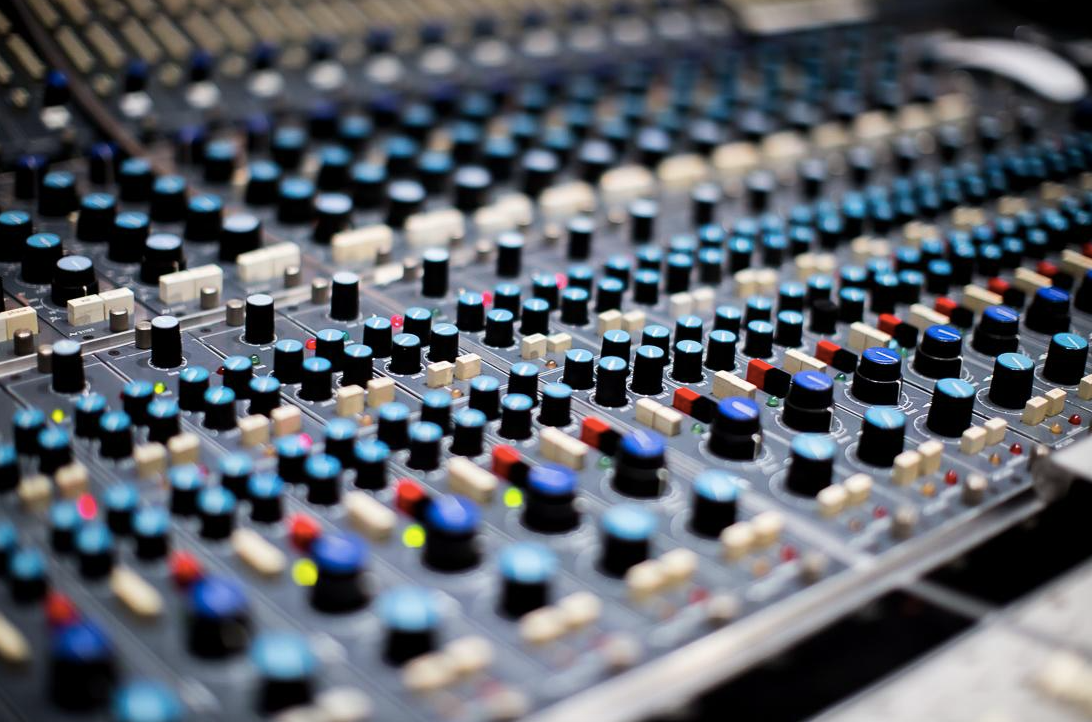Sound engineer and record producer Mike Pelanconi (better known under his record name, Prince Fatty) got his start in the studio in Brighton, going on to work alongside Snoop Dogg and Rick Rubin in L.A and produce and engineer for reggae legends in the UK. He explains that although moving to London decades ago, he now finds himself back in the south coast where it all began, where he’s been installing an extremely rare Neve 8068 desk into the soon-to-be-opened Seaside Studios. He explains why it’s all AC/DC’s fault…
Your very first studio experience was in Brighton; where are you based now?
I've got a new mixing and mastering room above a venue called the Fox and Firkin in Lewisham in southeast London. It’s one of the hippest live music venues – a lot of cool bands and reggae legends like Horace Andy and Big Youth are playing here. I've made studios before and they'd end up being in little units in hidden, secret back streets that nobody knew about, whereas this is the opposite.
I'm above a venue and everybody wants to come up and see the place and get involved. I really love live albums and the stage is acoustically designed like a recording studio but with a 600 capacity audience. We're just starting to develop the reputation as somewhere to come to record your live performances, but at studio quality.
Studios are cool, but there's a certain energy that sometimes is not easy to recreate in a week during regular 10am to 6pm hours. Whereas in the evening with the lights and the crowd, the musicians start to pop a bit better with the energy. The place is buzzing and it's nice to have the studio above that. Also, if I need to borrow a mic stand, I can just go downstairs and grab one. It's pretty handy!
It's not for everybody, but it's fun. If you love deep, deep bass – and I've always loved that – and if you like playing music loud, it’s great. Ultimately, there's nothing more fun than playing reggae music on a big sound system that's just vibrating the hell out the entire neighbourhood.
When the guys come and play here, the windows in the chicken shop, five doors down, rattle.
What are your memories about your formative studio days?
After leaving school, I did six months of A Levels and then dropped out because I knew I really wanted to be in the studio. I started working in little demo studios, and there was one in Brighton at the time. They used to do lots of jingles for all the radio stations and I got the job doing little edits for all the radio adverts that they used to do; that's how I learned how to edit quarter inch tape.
Then I moved to London and just started harassing people, writing letters. Actually what gave me my break was going to Denmark Street. I saw a sign on the door that said ‘noise gate’, and I knew that was an audio term so I just pressed the buzzer and asked if it was a recording studio, and they said yes. I said, “I'm looking for a job. Do you need an assistant?”
They said, “Come inside”. I was very lucky that someone had left a few days before – they really needed someone. That was Rebel MC's studio, and I worked out of the demo studio in the basement. That’s where everything was happening in early UK hip hop.
Across the street there was a record label called Acid Jazz where Jamiroquai, The Brand New Heavies and all those guys were signed, so then I started doing sessions out of there too.
N'Dea Davenport from The Brand New Heavies had a solo album deal with a company in America called Delicious Vinyl – at the time they were one of the big hip hop labels – and I was asked to go to America and work with them.
A few weeks later, I had a work permit and off I went to L.A. I stayed out there for three or four years until Delicious Vinyl got dropped from Capitol Records and the money ran out. After that, to be honest, I was ready to come back to England.
How different was the recording scene in L.A?
It was fun! It was the late ‘90s in Hollywood, so you still had the big old ‘70s studios there like Sunset Sound. I got to do sessions at Capitol Studios, which was pretty special. There was an incredible studio called Sound Castle, which was a new studio, but the guy that built that was an insanely good acoustician, so everybody would be going down there.
I'd be mixing in one room and then Snoop Dogg would be in the other room. It was quite amazing for me to come from England and suddenly I'm in a studio and Snoop Dogg is in the room next door! Rick Rubin was often there as well, so I got to meet them, see how they worked and hang out and become friends with those guys. It was a good time!
What did you take away from your experiences in L.A?
To be patient with timekeeping, especially with the rappers! It's funny because when I left, my boss was sad. I said to him, “Come on, man, there's loads of great engineers in Los Angeles.
You'll be okay; you'll find someone to work with”. He said, “Yeah, but Mike, you never complain about anything!” I never complained if people were late, or if the session overrun a couple of hours – I didn't complain. I was just happy to be working.






